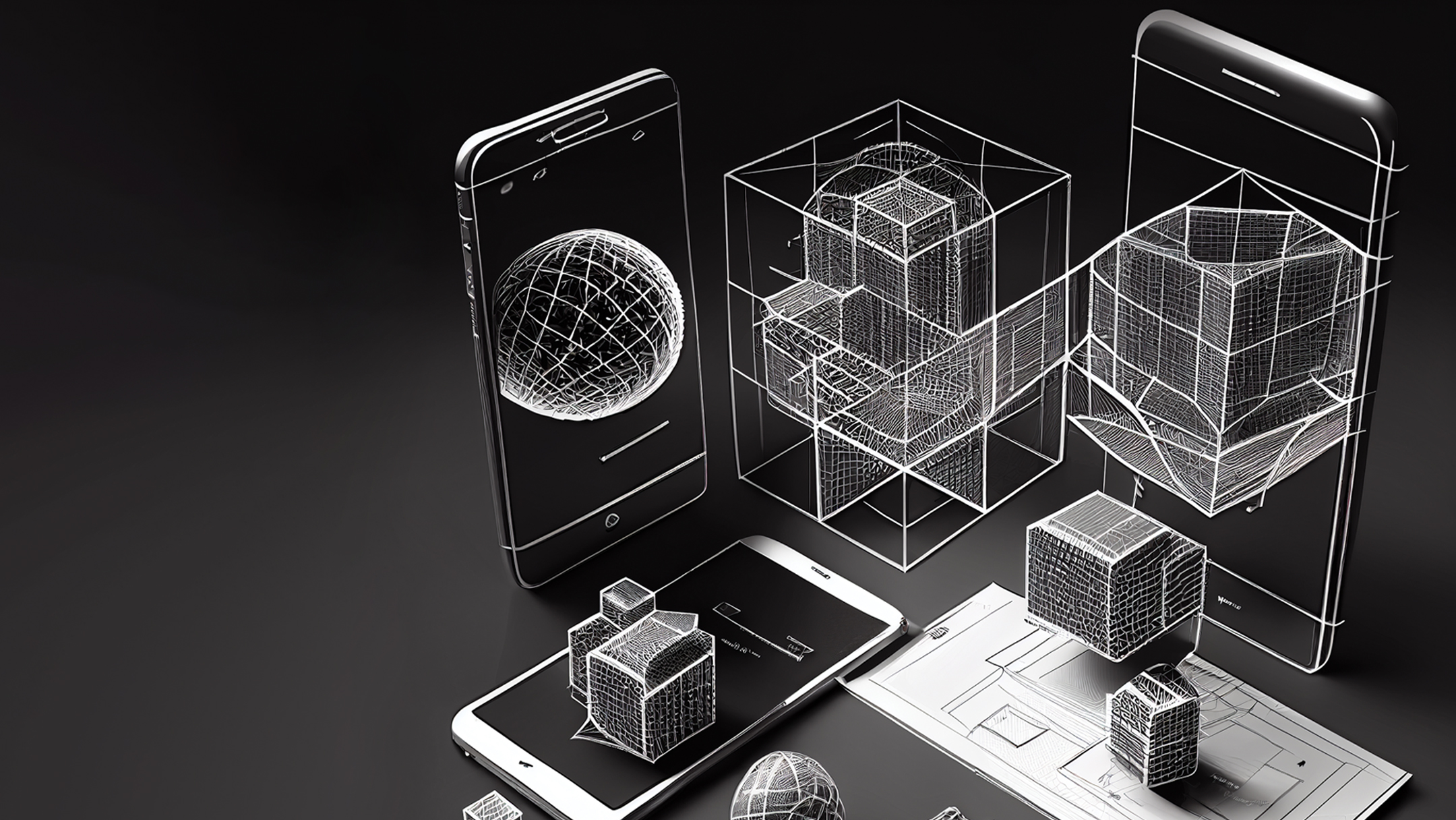
UX design is an essential part of creating successful digital products and interfaces that are easy and intuitive to use for the end-user
Because UX design encompasses all the interactions and experiences that a user has with a product, from the first impression to the final outcome, it’s an essential part of creating successful digital products and interfaces. This is how UX designers create products that are easy and intuitive to use, making the experience as seamless as possible for the end-user.
“If asked how you would typically interact with a coffee mug, you’d be able to tell someone without much thought, right?” says BBD Product Designer Sasja McKay. “The mug, as an object, has been designed to fulfil a clear purpose – to hold a liquid so that the intended user can drink from it. The liquid is usually hot and the user typically has a hand with five fingers and a mouth with lips. The shape, weight and dimensions of the mug afford a variety of different approaches.”
“But why is it so easy to spill from a mug? Why does it have such a large opening, and not a bottleneck? Because, if the opening was smaller, you couldn’t get the ingredients of your hot drink in there in the first place. You also couldn’t stir your brew if the opening was small enough to limit spillage. The possibility for error is introduced by an important practical feature – an indication of the kinds of decisions that UX designers must make all the time,” she explains.
Some of these errors may not present themselves when using the object in an unintended way. You might use your mug as a pen holder, or to make a chocolate mug cake in the microwave. These options may not lead to immediate disaster, but will still benefit the user.
What is intuitive design?
“Intuitive design is about creating a design that aligns with the user’s mental model and expectations – meaning that the design should be self-explanatory and follow natural patterns of thought and behaviour. The mug is a good example of a strong user experience in its simplest form,” says McKay.
One of the key principles of intuitive design is to simplify the user’s journey as much as possible. This involves reducing the number of steps required to complete a task and eliminating any obstacles that might cause confusion. A well-designed user interface should guide users through the process, providing them with visual cues and feedback along the way. When users intuitively use your tools correctly, you’re a true UX designer.
UX design is important because if an object isn’t easy to use and doesn’t make achieving its purpose simply, users may not know how to interact with the interface, which can lead to drop off, design problems, and subsequent usage failure. If the design of an object doesn’t limit the ways in which it can be used, it’s likely people will find a variety of different uses for it. But users can still make mistakes when using designed things or objects.
It’s the UX designer’s responsibility to speculate how users will use a specific interface, but (and this is the important bit), this speculation needs to be educated and informed. A UX designer’s job is to learn how to study and anticipate users’ thoughts and actions so that they can take this into account in the designs and determine what the designs will enable users to do. On the flip side, there are also constraints. Just as an interface affords a variety of uses, it excludes some uses too.
There’s a lot of business value that comes from improving the overall user experience, such as:
- Microsoft’s research on their search engine, Bing, found that the link colour didn’t project a feeling of confidence. They changed the colour to a bolder blue, which they estimated would generate at least US$80 million in additional advertising revenue
- By conducting user research to better understand their customers’ needs, United Airlines boosted online ticketing by 200% by increasing the satisfaction of their most profitable customers
- Oracle improved the navigation structure of their database manager application, allowing database administrators to perform their tasks 20% faster
How UX design caters to individual user needs
“UX designers must also consider how best to empower users and celebrate inherent differences – whether it’s our culture, religion or gender, through to our hobbies, interests and goals. UX designers have a duty to represent these in the interfaces and journeys we create,” says McKay.
“It would be impossible to design a unique interface for each unique user, so we must find the common ground between them, thus creating personas within which users fit. To do this, we need to find out the context by which the user will use our product, by understanding the how, where, when and why.”
For example:
- Where will they be using the interface?
- Where are they going? What time of the day is it? What is the weather like?
- In what mood is the user when using the interface?
- Do they need to spend time with the interface in order to perform a complex task, or is it a quick tool for on-the-fly usage?
- What passions and interests do they have?
- What part does the interface play in their lives?
- Is the interface to them an unavoidable chore or a distinct pleasure?
- What is their culture? Where do they come from?
Consider colour use. In western society, yellow is associated with warmth, summer and hospitality; while in Latin America, yellow is associated with death and mourning. The colour white is often associated with virtue and purity in western society, while in Japan, it’s associated to death and mourning.
When considering all these aspects, you can start to see how important it is to make an interface intuitive. If the user is constantly making mistakes on your interface, they’re not the ones getting it wrong – rather your interface is failing to guide them to success. Intuitive design is an essential aspect of UX design that should never be overlooked. By creating intuitive designs, designers can help users to achieve their goals quickly and easily, making their experience with the product more enjoyable and memorable. Intuitive design leads to greater user satisfaction and can have a positive impact on the overall success of a digital product.
BBD, a global software development company, offers a team of highly skilled UX / UI designers, who are dedicated to crafting memorable and highly intuitive human-centric user experiences. Looking for a software partner who can help you create a solution that offers the best digital experience for you customers? Get in touch today!



